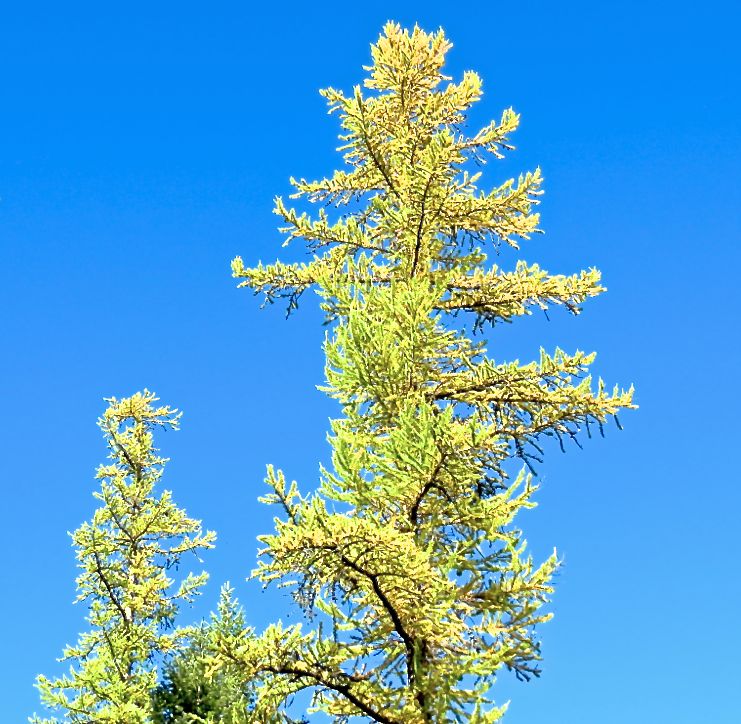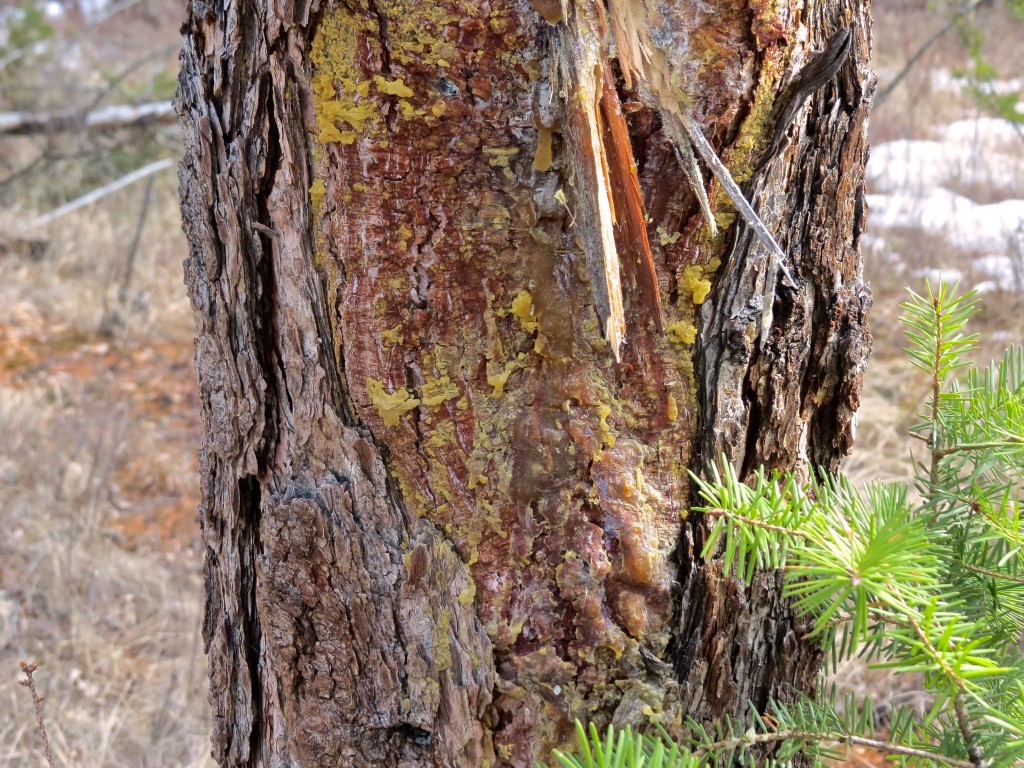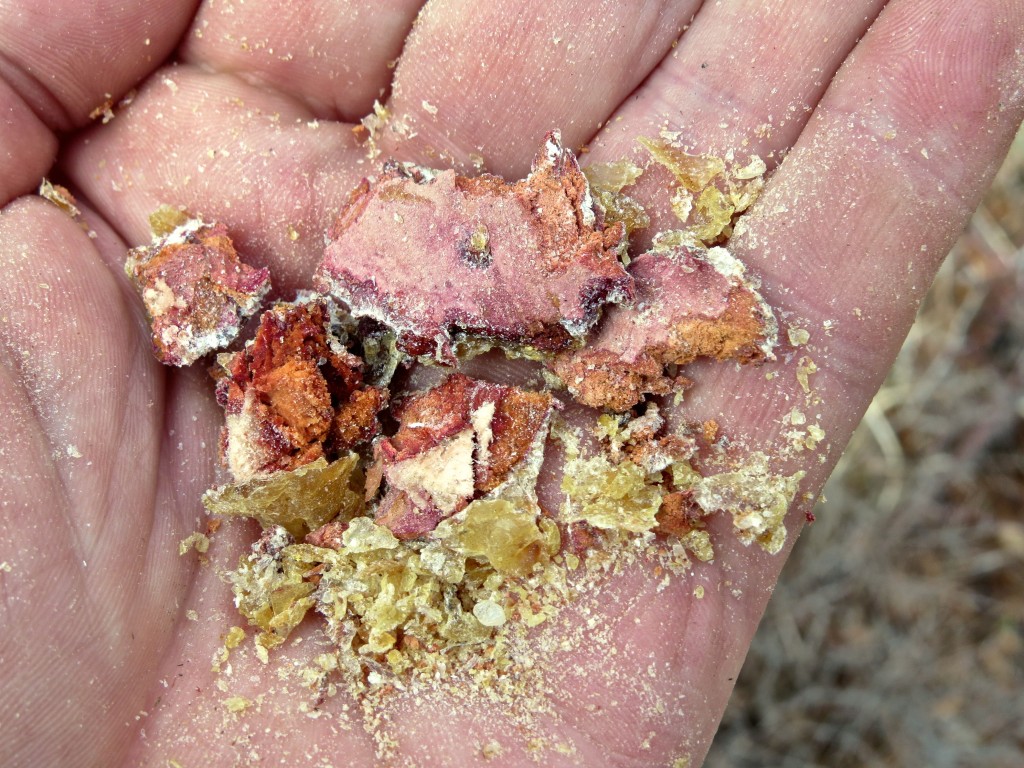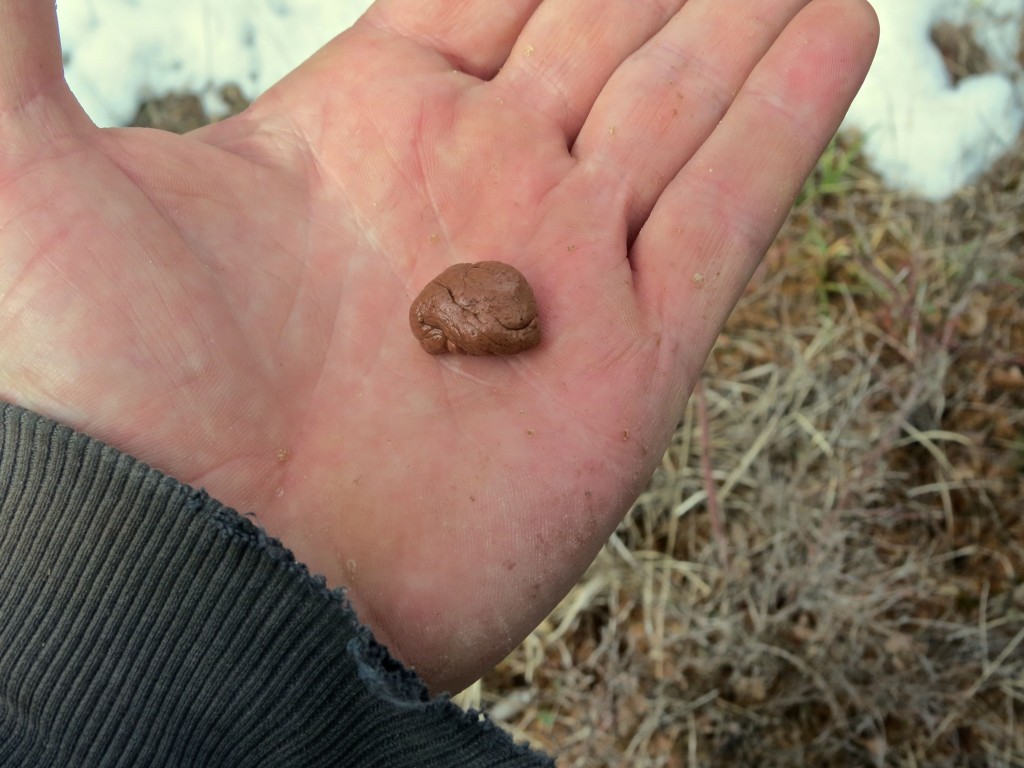The Daily Forest Report – March 16, 2016: From the Blood of Conifers
by nielskunze on March 16, 2016
Although I’ve pretty much wound up the project called The Daily Forest Report, today’s post can only be published under that heading. (I may still issue a Summary Report for the whole two-year project… shortly.)
Last week I began a new improvisational novel called From The Blood of Conifers: De-Solving the Matrix; Dissolving the Veil. Primarily it’s about turpentine therapy– involving the ingestion and application of turpentine (pure gum spirits– and not the stuff typically found at the hardware store). The main action of turpentine therapeutically is to very efficiently and thoroughly rid the body of parasites, pathogens and lipid-based toxins.
Turpentine is distilled from the sap of conifers. In a nutshell, that means fresh sap is collected, then heated and the vapours re-condensed. That simple distillate is generally known as turpentine or pure gum spirits. The trees typically used are pine, spruce, fir and larch– the conifers. Readers of the Anastasia books might know them as cedars– although this is a colloquial mislabelling from Russia. The ‘cedars’ in the Ringing Cedars series are actually pines… specifically, Siberian Pines, or Pinus sibirica.
Our majestic earth allies, the trees, have evolved a ‘blood plasma’ which is anti-fungal, anti-viral, anti-parasitic, bacteriological and generally antiseptic. They’ve worked on the formula for billions of years.
When I first heard about turpentine therapy, my whole being screamed “YES!” I have always had a peculiar affinity for trees… and Larch has always been my favourite– being the only conifer to shed its needles in the fall.
Recently, an online friend mentioned frankincense tears which are bits of dried tree resin which can be taken internally for therapeutic effect. Also, in a timely article about the numerous and profound benefits of Russian Pine derivatives, larch was specifically mentioned as another one of the best.
So yesterday I decided to gather some dried sap from a few of the larches– also known as tamarack– along my daily route. I already knew from experience that the dried sap can be chewed like gum– unsweetened, but very tasty. Previously, I simply did not know that such chewing gum had so many beneficial effects for human health.
It’s not exactly like chewing gum as we’re used to it. It sticks a bit to your teeth… but never loses flavour. It tastes pretty much like an expensive cologne. The flavour of larch seems to be decidedly masculine, whereas from my experience with turpentine, it seems that pine has a more perfume-like quality, hinting at femininity.
There are a couple of cautions here. First, the aftertaste will last pretty much the rest of the day– especially since small bits of resin may get stuck to molars and in between teeth. Secondly, all conifer saps are suitable for chewing except fir. Fir has all the same therapeutic benefits, but it simply won’t wad up like regular chewing gum. Instead, it will simply coat the entire inside of your mouth with an annoying layer of deliciousness. For this reason, I strongly advise against using fir gum.
A new experiment has begun. I shall keep you posted… as always.




Leave your comment